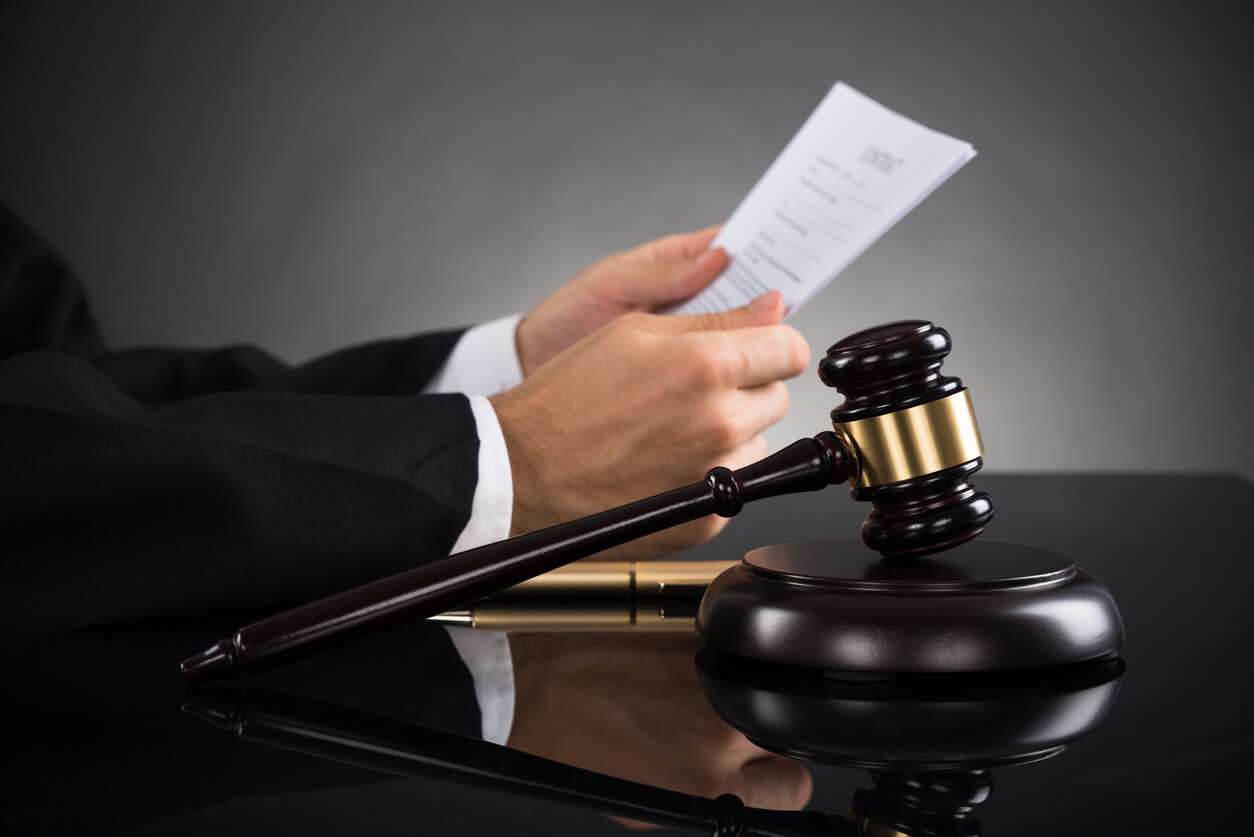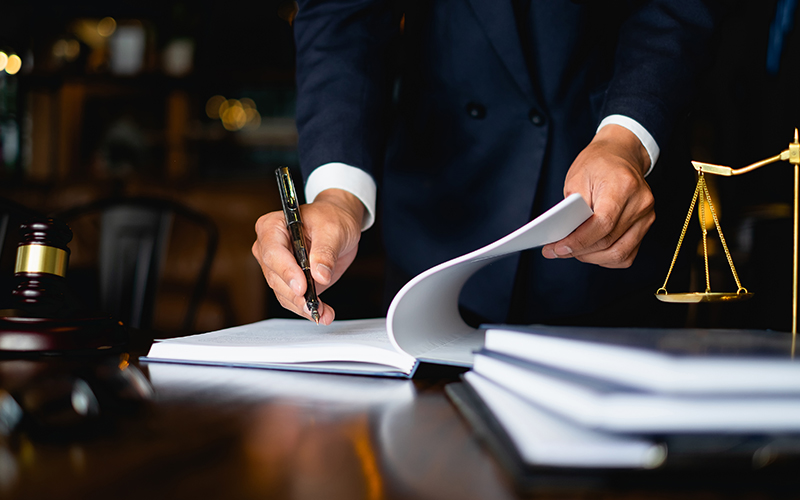The Supreme Court is the highest court in the United States
The Supreme Court is the highest court in the United States and the only court specifically created by the Constitution. Any decision of the Supreme Court cannot be appealed to any of the other courts.
Congress has the power to determine the number of justices to sit on the Supreme Court and, with certain restrictions, decide which cases are to be heard there. However, Congress cannot change the powers given to the Supreme Court by the Constitution itself.
The Constitution does not say anything about the conditions for granting the right to hold the office of a judge. It does not require judges to be lawyers, although in practice all federal judges and members of the Supreme Court have always been members of the bar.
Since the creation of the Supreme Court almost two hundred years ago, just over 100 people have served as its members. The first Supreme Court consisted of its chairman and five members. Over the next 80 years, the number of members of the Supreme Court changed until, in 1869, the composition of this body was fixed at the level of one chairman and eight members.
The President of the Supreme Court is an official of this court who has executive functions. However, in making decisions on certain cases, the chairman of the Supreme Court has only one vote, as do its members.
At first, the jurisdiction of the Supreme Court extended only to two types of cases: cases involving prominent figures in foreign countries, and cases in which one of the parties is the state. All other cases were considered by the Supreme Court only as a result of appeals from lower courts.
Of the several thousand cases that come to the Supreme Court every year, the latter hears only about 150. Most of them concern the interpretation of the law or the intention that guided Congress in passing this or that section of any legislation.

However, a significant part of the work of the Supreme Court is the determination of the constitutionality of laws and acts of the executive branch. These powers of judicial review are not specifically enshrined in the Constitution.
Rather, they represent a principle taken up by the Supreme Court as a result of reading the Constitution and convincingly demonstrated by it in the 1803 case of Marbury v. Madison, which became a milestone in the development of American jurisprudence and legal practice.
In its decision in this case, the Supreme Court insisted that “legislation that is contrary to the Constitution is not law” and further stated that “it is beyond doubt that the jurisdiction and duty of the judiciary is to clarify the essence of the law.” This principle has also been extended to state and local governments.
Supreme Court decisions do not have to be unanimous; a simple majority shall suffice, provided that six members of that body constituting its statutory quorum participate in the decision. If decisions are made in which the votes are divided, the Supreme Court will usually publish a majority opinion and a minority opinion (or dissent), each of which could serve as the basis for future decisions of this body.
Often members of the Supreme Court write down separate opinions of judges that coincide with the position of the majority of the composition of the court. This is done in cases where the members of the Supreme Court agree with a particular decision, but not for the reasons that guided the majority of judges in making the decision.
Courts of Appeals and Federal District Courts
The second level after the Supreme Court in the US judicial system is occupied by the Courts of Appeals, created in 1891 to help resolve cases and partially relieve the Supreme Court from its enormous burden. Congress established 12 regional circuit courts of appeals and the U.S. Court of Appeals for the Federal Circuit.
The number of judges sitting in each of these courts varies widely (from 6 to 28) depending on the particular court. However, in most mobile court sessions, the number of judges is between 10 and 15.
Courts of appeal review decisions of federal district courts (federal courts of second instance) in their jurisdiction. They also have the power to review the orders of independent regulatory bodies in cases where the bodies’ internal mechanisms for review have already exhausted themselves and there are significant disagreements on legal issues.
In addition, the U.S. Court of Appeals for the Federal Circuit has jurisdiction throughout the country to hear appeals in highly specialized patent cases, as well as cases decided by special courts, the Federal Court of International Trade, and the Federal Claims Tribunal. court.
The next lower level are the federal district courts. The fifty states and territories of the United States are divided into 94 judicial districts to make it easy for litigants to get to their place of trial. Each district court has at least two judges.
There are many highly populated judicial districts with more than 24 judges. Depending on the caseload, a judge from one judicial district may serve temporarily in another. Congress establishes the boundaries of such judicial districts according to population, territory, and volume of work.

Some of the smaller states are themselves such a judicial district, while each of the larger states, including New York, California, and Texas, has four judicial districts.
Judges must reside in the judicial district in which they permanently serve. The exception is the District of Columbia. District courts periodically hold sessions in various cities of the district.
Most of the cases and legal disputes handled by these courts involve federal criminal offenses and federal offenses such as mail misuse, theft of federal property, food purity laws, banking violations, counterfeiting, and counterfeiting.
These are the only federal courts where grand juries indict those who have committed common law crimes, and juries decide on the case.
Each judicial district also has a bankruptcy court because Congress has decided that bankruptcy cases should be decided in federal courts, not state courts. Under the bankruptcy procedure, individuals or businesses that are unable to pay their debts to creditors can seek liquidation of their assets under court supervision or streamline their financial affairs and develop a plan to pay off their existing debts.
